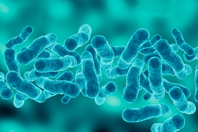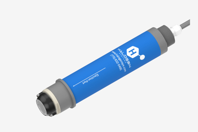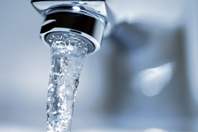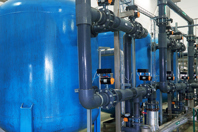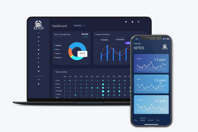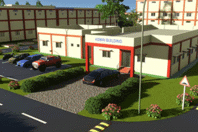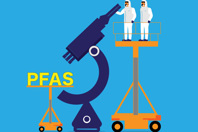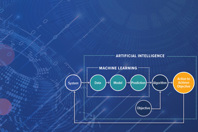WATER INSTRUMENTATION RESOURCES
-
As water systems grow more complex and climate patterns shift, Legionella is emerging as one of the most persistent and underestimated risks in the built environment. The threat to public health from Legionnaires' disease will likely further escalate unless decisive action is taken.
-
Developed from U.S. Office of Naval Research requirements, this multiparameter chlorine sensor offers extended maintenance-free operation, flow-independence, and automatic compensation for reliable, in-pipe monitoring.
-
In this Q&A, Dr. Elke Süss of Metrohm addresses the urgent need for haloacetic acid testing in response to “one of the most significant updates to EU drinking water monitoring in recent years.”
-
On numerous levels, oxidation-reduction potential (ORP) outperforms the presently predominant metric for evaluating disinfection performance.
-
In this case study, explore how a municipality automated its water quality testing to ensure compliance in real time.
-
Insights gained from artificial intelligence (AI) herald a high-water mark for public protection.
-
L&T Construction Delivers Clean Drinking Water To 2.5 Million Residents In India's Rural Communities
As part of India’s Jal Jeevan Mission—a nationwide initiative to provide safe, piped drinking water to every rural household by 2024—the Rajghat multivillage rural water supply scheme stands out as a transformative project.
-
Water specialists do their best to ensure safe drinking water for people nationwide. Despite their diligence in monitoring and treating wastewater at municipal facilities, some households are still susceptible to contamination. Encouraging homeowners to regularly test their own water during the year will help pinpoint missed hazards and provide an additional safeguard.
-
The U.S. PFAS analytical instrumentation market is poised for strong expansion, with a projected CAGR exceeding 20% over the next seven years, according to a new report. Key drivers in the market include rising concerns over increasing risks associated with PFAS exposure, the U.S. EPA's federal rule on drinking water, and investments to boost testing and treating PFAS in water.
-
Aided by "soft sensors," machine learning is revolutionizing monitoring and powering real-time predictions.

